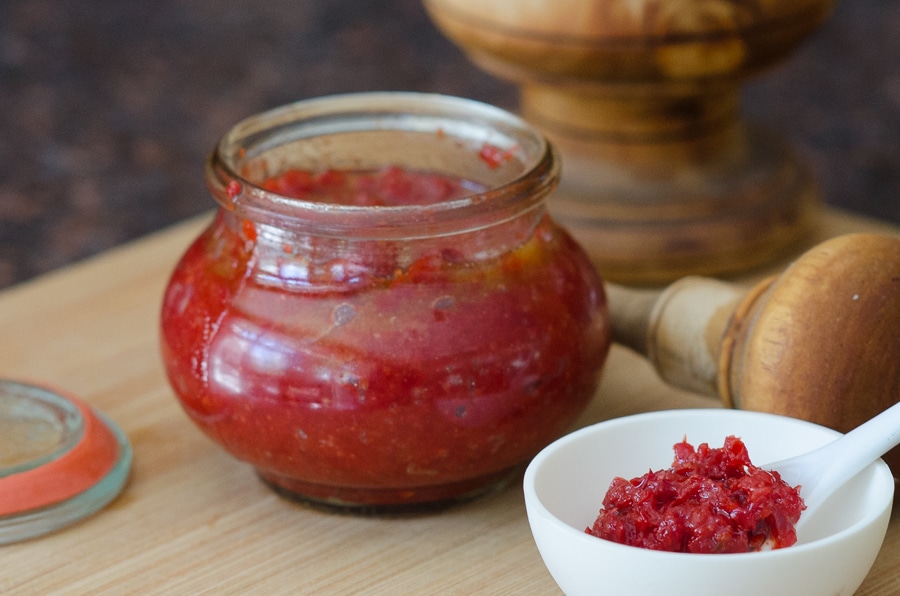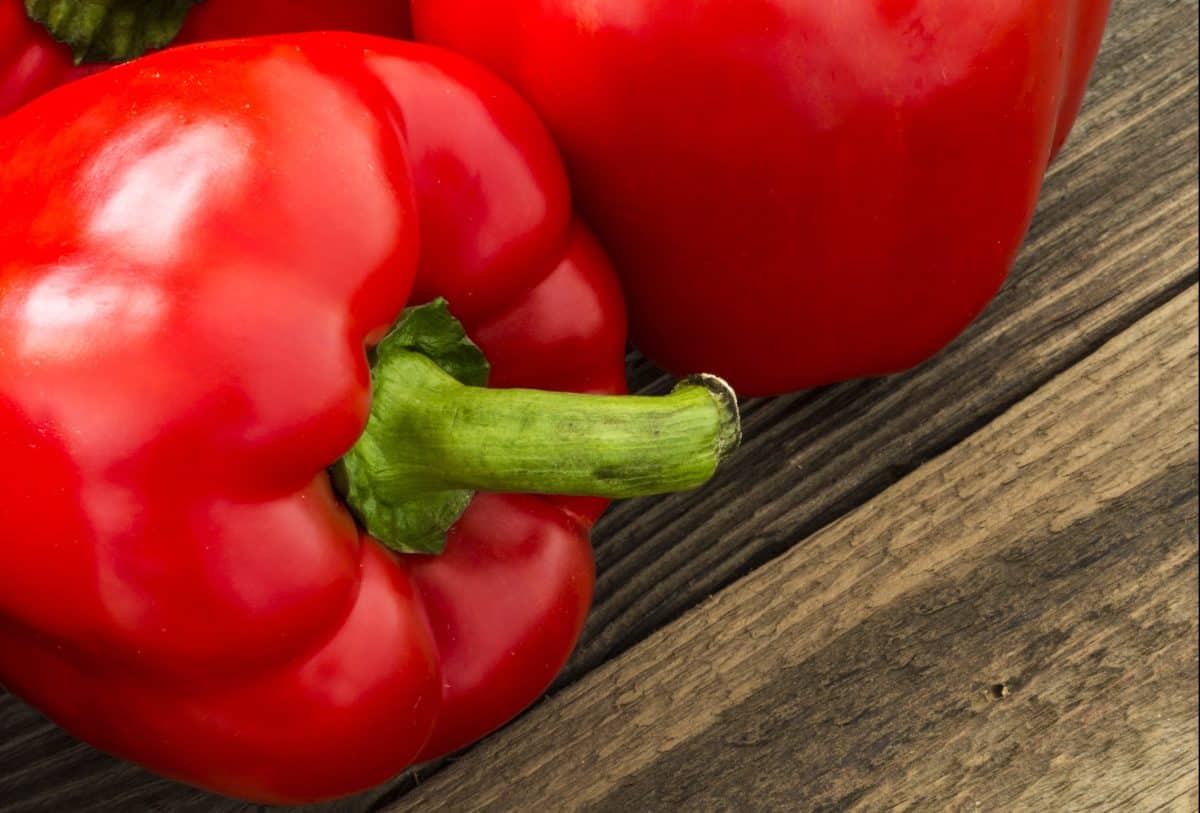Are you searching for a different ingredient that will bring the flavor of your dish to another level? You need not look beyond fresh sweet red pepper paste. I am not suggesting the use of raw, fried or roasted peppers, the crushed dried chili peppers, cayenne or hot sauces or even sweet paprika. You might, in fact, already have dried peppers and pepper sauces in your arsenal of pepper seasonings.
Massa de pimentão, sweet red pepper paste, is a briny conserve that is well-known among Portuguese cooks, especially those from the Alentejo region on the Portuguese mainland. A spoonful of the paste added judiciously to seasoning rubs, dishes of poultry, fish, meats, or even rice, potatoes or scrambled eggs, imparts a distinctive flavor. Combining it with paprika, and even a dash or two of hot sauce, gives a dish another dimension.

Carne de porco à Alentejana (Alentejo-style pork with clams) is an iconic dish of the Alentejo to which the sweet red pepper paste adds unique flavor. The paste is easy to make but needs a minimum of three or four days of standing to allow the salted peppers to drain.
My Experience
As a young girl, at the age of 10, I learned to make this traditional paste under the tutelage of my father, just as he did under the watchful eye of my grandmother and as she learned before him. I embraced his lessons as we cut and seeded the peppers, and discussed — what else? — cooking. Carrying on the teaching tradition, I explained to my children, and then my grandchildren, that making the paste yourself insures the quality of the peppers and the salt that is used. But yes, you can purchase a commercial brand in a Portuguese market or online. Be sure the ingredients are just salt and peppers.
Equipment
The only equipment needed is a wooden box and a stainless steel or non-corrosive sheet pan. My father used slatted wooden boxes obtained from produce markets. Your local market may have some. They are more difficult to get today than in the past, but if you are a handy person, all you need to make this box are .6 cm (¼ inch) thick maple or pine slats.
For the base, 2.5 cm (1 inch) by .6 cm (¼ inch) slats are tacked or stapled .6 cm (¼ inch) apart to a 23 cm (9 inch) x 30 cm (12 inch) x 7.6 cm (3 inch) rectangular frame, leaving a narrow space between the vertical sides and the base edge for drainage. The 30 cm (12 inch) sides of the frame are made up of two 3 cm (1¼ inch) slats spaced .6 cm (¼ inch) apart. If all else fails, use a large rectangular, fine mesh footed sieve that is often used to straddle a sink. Line the sieve with a single or double layer of cheese cloth. This will retain the salt but allow drainage. If you make the cloth lining too thick it will not allow proper drainage. ![]()
